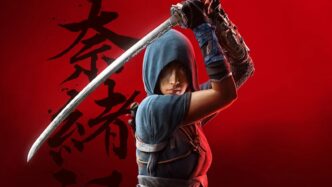In an industry overflowing with action RPGs, Black Myth: Wukong emerges as a beacon of ambition, intertwining the rich tapestry of Chinese mythology with modern gameplay mechanics and breathtaking visuals. Developed by Game Science, this game is not only a technical marvel powered by Unreal Engine 5, but also a cultural experience, deeply rooted in the legendary Chinese novel Journey to the West. Yet, like many ambitious undertakings, Black Myth: Wukong is a game of contrasts—one that oscillates between moments of brilliance and frustrating pitfalls.
A Journey Through Myth and Mystery
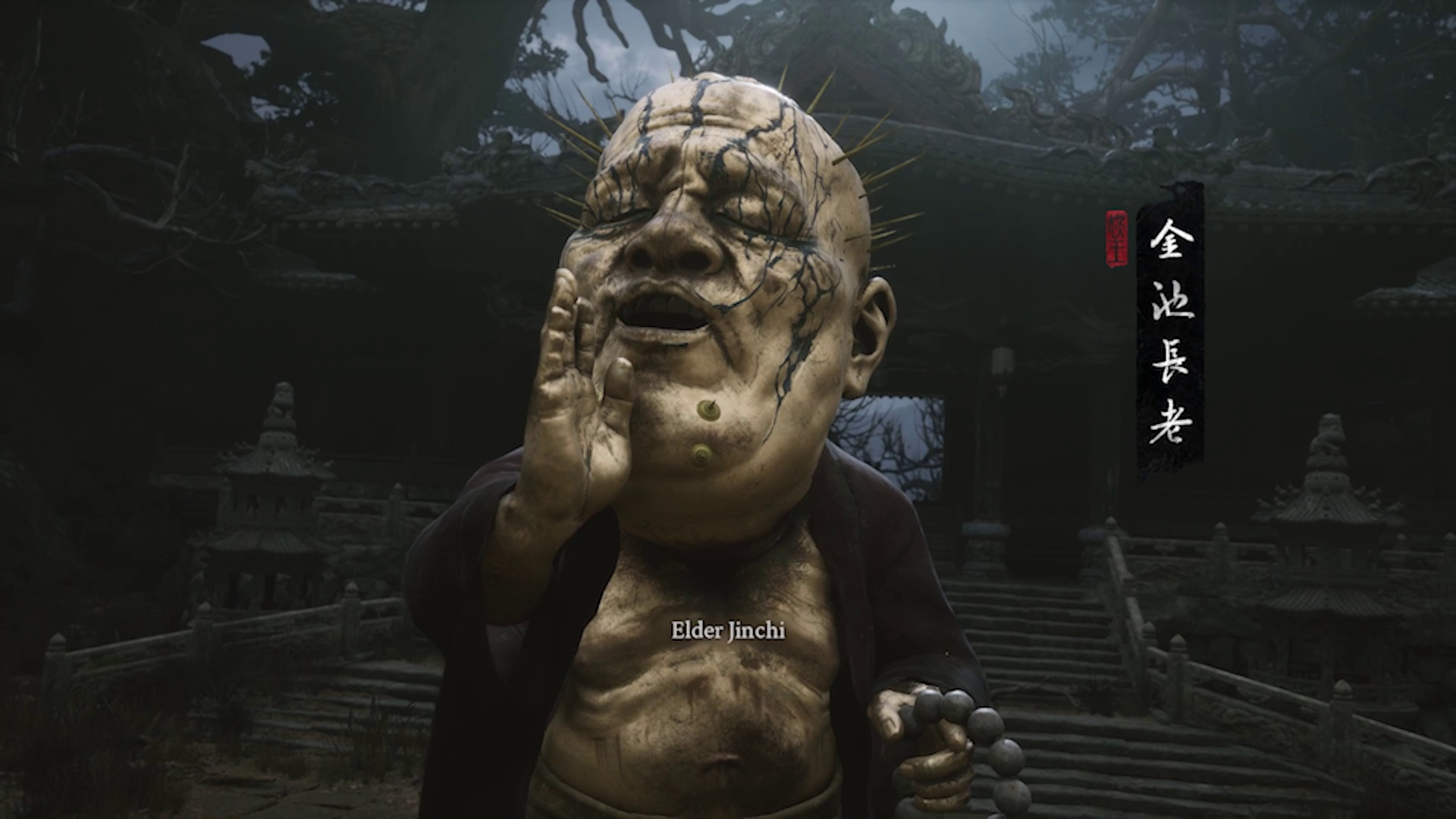
Black Myth: Wukong takes its narrative cues from Journey to the West, one of the most significant works of Chinese literature. The game follows a mute monkey warrior referred to as “The Destined One,” who bears an uncanny resemblance to Sun Wukong, the legendary Monkey King. The game’s story takes place after the events of the original novel. The players are invited into a world where familiar characters such as Zhu Bajie, Kang Jinlong, and the Bull Demon King make appearances with unique twists on their traditional roles.
The story is structured into six chapters, each offering a self-contained tale exploring universal themes like love, greed, and sacrifice. While this episodic format makes the game more accessible, it can also be disorienting, especially for players unfamiliar with Journey to the West.
The game assumes a certain level of knowledge about the source material, which may leave some players lost amidst the lore. Since I only had a cursory understanding of the original story, I found myself frequently searching for additional context online, which disrupted my immersive experience and narrative flow.
Despite these challenges, there are moments when Black Myth: Wukong’s story truly shines. The game masterfully weaves Buddhist teachings and Daoist philosophy into its narrative, making the world that feel both ancient and alive. The environments—whether it be the dense forests, snow-covered mountains, or sprawling deserts—are meticulously crafted.. These settings do more than serve as mere backdrops as they enhance the game’s mythical tone making it integral to the storytelling.
The narrative also delves into the background of key companions, exploring themes of lifelong regret, the immutable shaping of one’s fate, and the universal quest for redemption. It adds layers to the game’s plot, going beyond a simple adventure. However, the complexity of the story can also be its downfall, as it sometimes feels overwhelming, particularly for those without a deep understanding of Chinese culture and mythology.
Combat: A Dance of Strategy and Spectacle
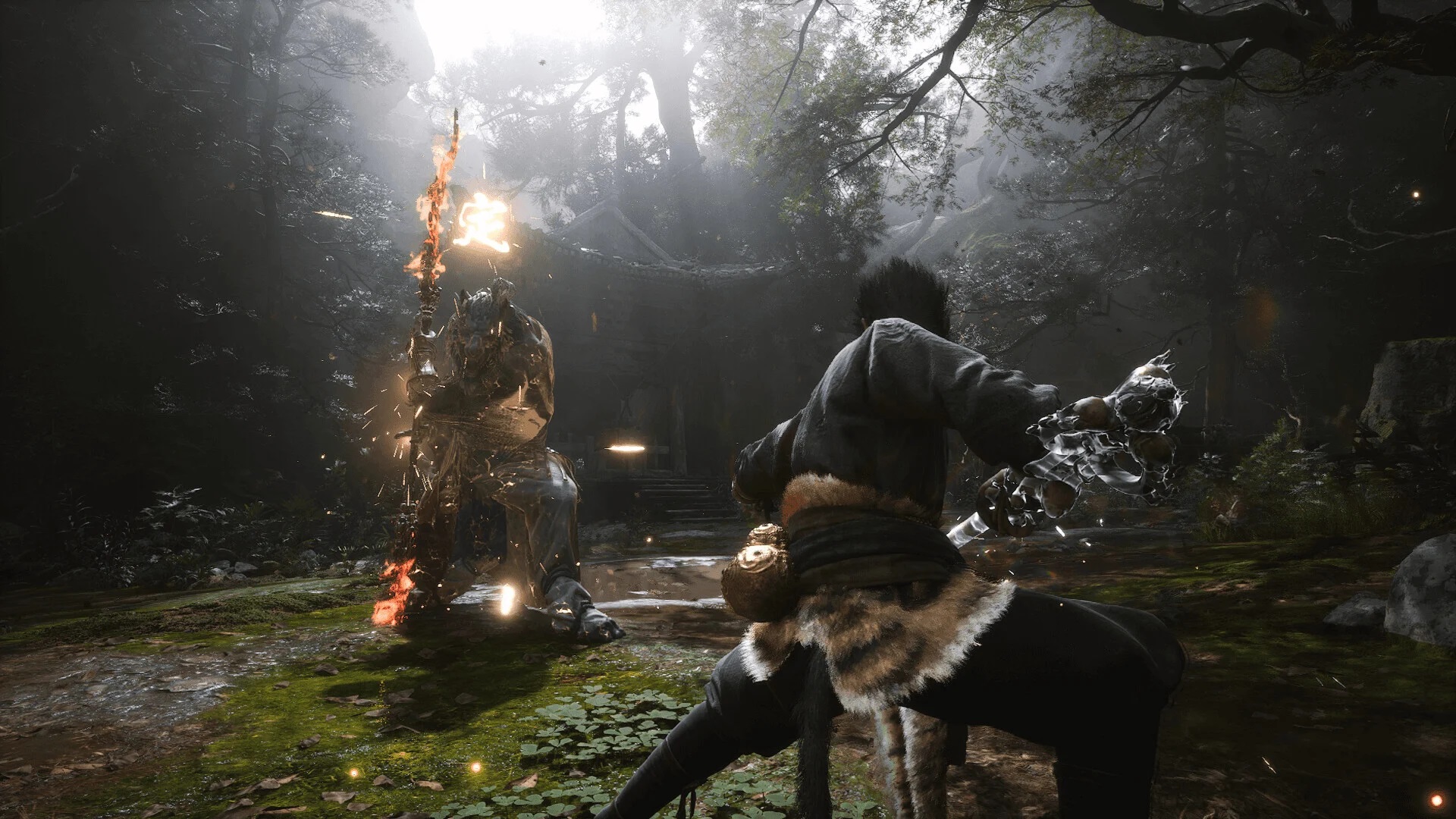
Where Black Myth: Wukong truly excels is in its combat system. The developers have been clear that this is not a Souls-like game, despite sharing some surface-level similarities with the genre. Instead, Wukong is better described as an action RPG with a focus on boss battles and strategic combat. The core of Wukong’s combat lies in its unique combo system. Light attacks build Focus points, which can then be spent on heavy attacks that deal significant damage. With enough upgrades, you can bank up to three Focus points at a time, allowing for powerful combos that can turn the tide of battle in your favor.
The combat economy is built around farming Focus and using it strategically to unleash devastating attacks. While light attacks are essential for building Focus, they often feel weightless, chipping away at enemy health bars with little impact. The real sense of power comes from executing a full combo, transitioning from light attacks into heavy finishers that send your staff glowing red-hot as it crashes into enemies with a satisfying thump.
A standout feature of Wukong’s combat is the integration of Sun Wukong’s legendary abilities into the gameplay. The Monkey King’s iconic staff, Ruyi Jingu Bang, plays a central role, shrinking and extending at will to deliver powerful strikes.
In addition to this, players can make use of various spells that consume mana and operate on cooldowns. These spells include abilities like Immobilize, which freezes enemies in place, and Cloud Step, which creates a decoy to distract foes while you regroup and heal. The game also allows you to shapeshift into specific enemies you’ve defeated, granting you access to their unique movesets and weapons.
However, while the combat system is engaging, it can also feel repetitive over time. Each of the game’s three main staff styles—smash, pillar, and thrust—offers unique heavy attacks, but there is little incentive to switch between them once you’ve found a style that suits your playstyle. For me, the thrust style became my go-to, with its fast, far-reaching attacks and mid-combo dodge providing the perfect balance of offense and defense. The other styles, while interesting, felt clunkier by comparison, and I found little reason to switch once I had optimized my build.
Boss Battles: The Heart of the Experience
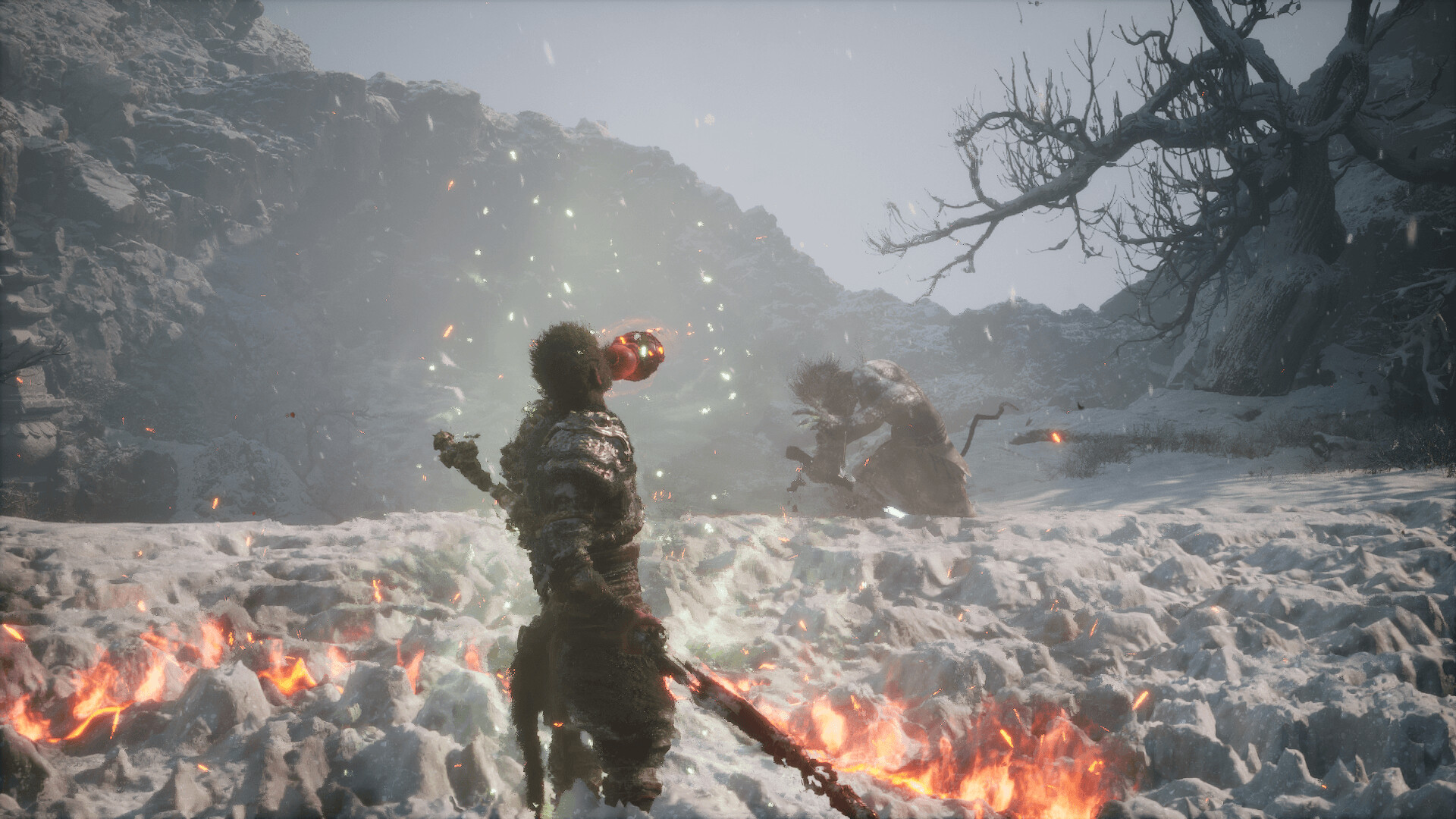
The core of Black Myth: Wukong lies in its boss battles, where the game truly showcases its strengths. The game’s chapters are essentially structured around a series of boss fights, each one more challenging and visually spectacular than the last.
The bosses, known as Yaoguai, are a rogue’s gallery of mythological beasts.Be prepared to face anything; starting from a giant black bear, a traditional Chinese dragon, or a blood-spattered tiger. With their unique set of attacks and abilities,each encounter feels like a climactic showdown in an epic martial arts film. The game’s environments play a significant role in these battles.Whether you’re fighting on a frozen lake surrounded by snow-capped mountains or sloshing through a shallow pool of blood, the game’s visual presentation is nothing short of stunning.
What makes these battles so engaging is the sense of progression they offer. Each boss has multiple phases; their attack patterns and strategies evolving as the fight goes on. This keeps the player on their toes because what worked in the first phase may not be effective in the second.
The game encourages experimentation, allowing players to try different strategies and approaches to find what works best. The satisfaction of finally defeating a tough boss after multiple attempts is immense, and the game rewards your perseverance with exhilarating moments of triumph.
However, the game’s focus on boss battles comes with its own set of drawbacks. The moments in between these epic encounters can feel like filler, The game’s linearity, while not inherently a flaw, becomes more apparent during these sections. Because of sparse level design and lack of meaningful enemy encounters, progression feels more like a march from one boss fight to the next. Moreover, the game relies on invisible walls and a jump mechanic that feels functionally useless.
Exploration: A World of Beauty and Limitations
Despite its linear structure, Black Myth: Wukong does offer moments of exploration as a form of reward to players who take the time to stray from the beaten path. The environments are stunning and brimming with detail and atmosphere. You can be running through a bamboo forest, exploring a spider-infested estate, or navigating the sun-kissed rocks of a craggy canyon, but one thing is for sure, you will stop, stare and be mesmerized at the visual artistry on display in each one.
However, the game’s exploration elements are hampered by a few key issues with the most important one being the lack of a map. This glaring omission makes it easy to get lost in the game’s sprawling environments. This can lead to frustration, particularly when you’re trying to backtrack to a previous area or find a specific item. The game’s design does little to help in this regard.Many areas look similar and there are very few landmarks to help orient yourself. Additionally, the game’s use of invisible walls feels antiquated, often breaking the immersion and making the world feel less open and dynamic than it initially appears.
Character Progression: Depth Meets Repetition
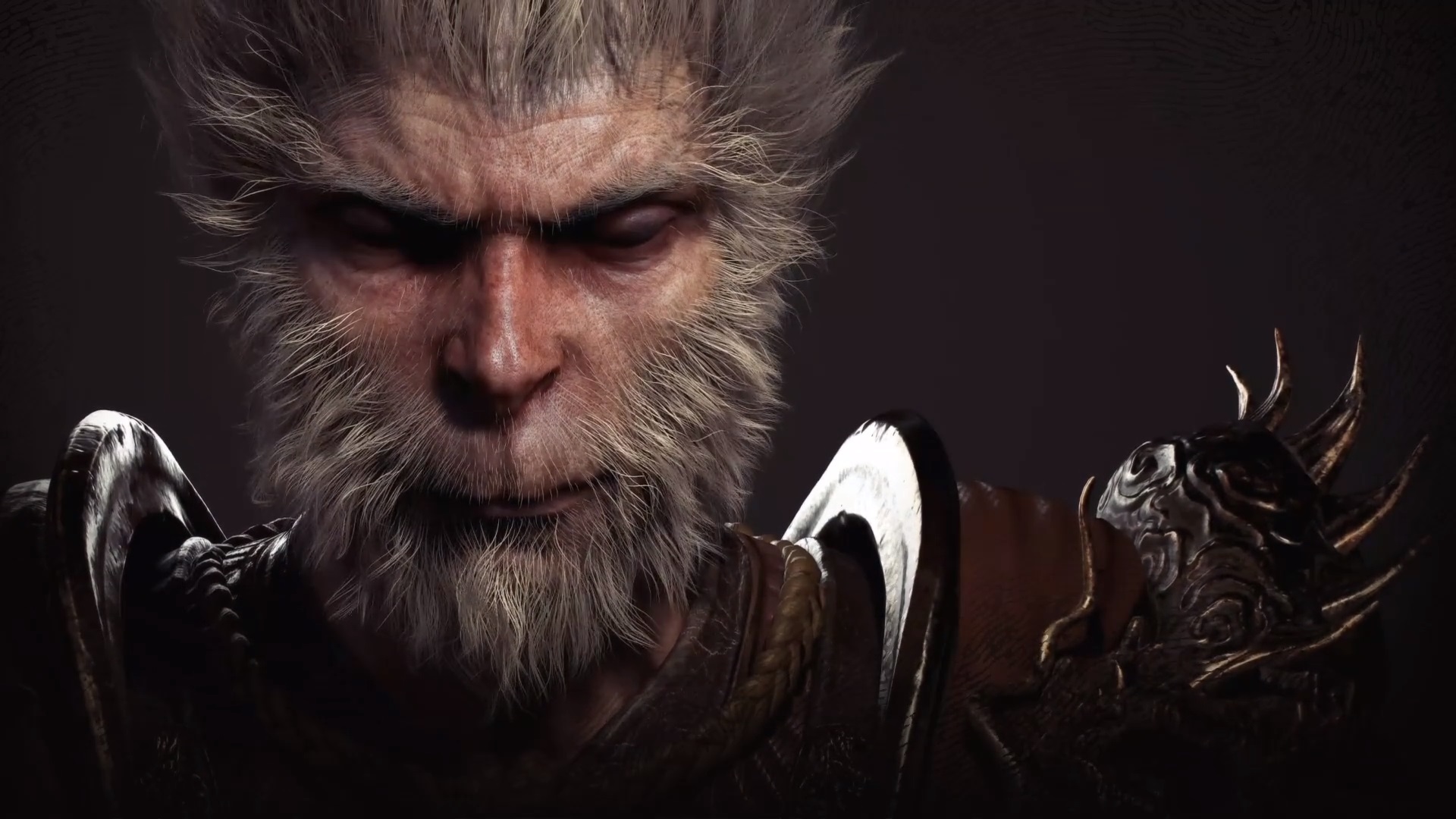
One of the strengths of Black Myth: Wukong is its deep character progression system. The game offers a variety of ways to customize your playstyle, from upgrading your weapons and armor to investing in different abilities and spells.
The skill tree is divided into three main sections: core stats, staff styles, and spells. Players can earn ability points by leveling up through XP gained from defeating enemies or by finding meditation spots scattered throughout the game’s levels. These points can be freely redistributed at any checkpoint, allowing for experimentation and flexibility in how you build your character.
The game also features a robust crafting system. Players can upgrade their favorite gear using materials gathered from defeated bosses. Armor sets come with their own bonuses, and players can customize their healing gourd with different drinks and soaks that provide various buffs and effects. Spells, too, offer a range of options for players to explore, from offensive abilities like Immobilize to defensive spells like Rock Solid, which acts as a parry-style shield. However, as with the combat system, there is a tendency to find one or two optimal builds and stick with them, reducing the incentive to experiment with different playstyles.
While the character progression system offers depth, it can also lead to repetition.
The game’s reliance on a single weapon—the staff—limits the variety of combat. This can feel monotonous. Although the staff’s three battle stances provide some variation, the core mechanics remain largely the same throughout the game
Technical Performance: A Mixed Bag
From a technical standpoint, Black Myth: Wukong is both impressive and frustrating. The game’s visuals are stunning and delivers some of the most detailed and lifelike environments seen in any action RPG. The character models are intricately designed, the animations are smooth, and the particle effects add a layer of depth and immersion that is hard to match. On PC, the game runs well for the most part. The few stuttering and frame drops are neglectable. However, there are some issues that detract from the overall experience.
Some players have reported crashes, particularly on lower-end systems, and there are occasional bugs that can disrupt gameplay. These issues are not game-breaking, but they can be frustrating when they occur, particularly during critical moments like boss battles or cutscenes.
One particularly egregious bug involves falling through the ground during certain boss fights, which can lead to repeated, unavoidable deaths. This bug is particularly aggravating because it occurs after some of the game’s most challenging encounters and forces you to redo the fight from the beginning.
Localization is another area where Black Myth: Wukong falls short. While the game offers English subtitles and voice-overs, the translation is not always accurate. This can lead to moments of confusion or misinterpretation. It’s problematic if you think about the game’s reliance on Chinese mythology and folklore.
Final Verdict: A Flawed Gem with Immense Potential
Black Myth: Wukong is a game of contrasts. It is a game that can be as frustrating as it is exhilarating, as awe-inspiring as it is bewildering. It is a game that dares to be different. The game perfectly blends the rich cultural heritage of Chinese mythology with fast-paced, adrenaline-pumping action of a modern RPG. It is a game that shines brightest in its boss battles, where the combat, visuals, and narrative all come together to create something truly special.
However, Black Myth: Wukong is also a game that stumbles in its execution. The story, while intriguing, can be difficult to follow for those unfamiliar with the source material. Linearity, sparse enemy encounters, and a lack of meaningful progression outside of boss battles often hampered the exploration. The technical issues, while not game-breaking, can still be frustrating when they occur.
Black Myth: Wukong is a flawed yet worthwhile game, especially for action RPG fans and those interested in Chinese mythology. It is a game that takes risks, and while not all of them pay off, the ones that do make Wukong a journey worth taking.
If Game Science can address the game’s bugs and improve its localization, Wukong could become a masterpiece. As it stands, it’s a flawed gem that shines brightly, but not without some rough edges.

